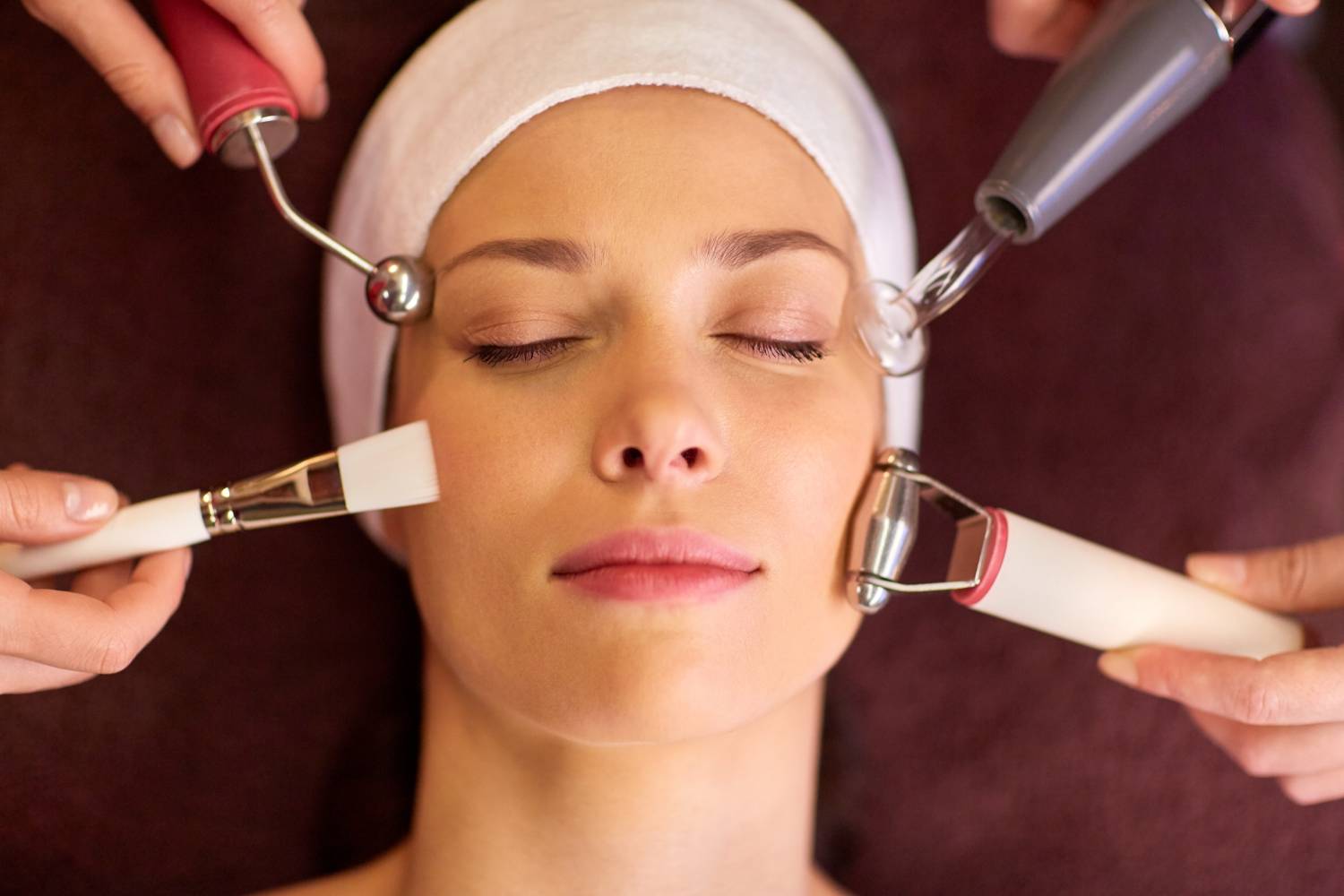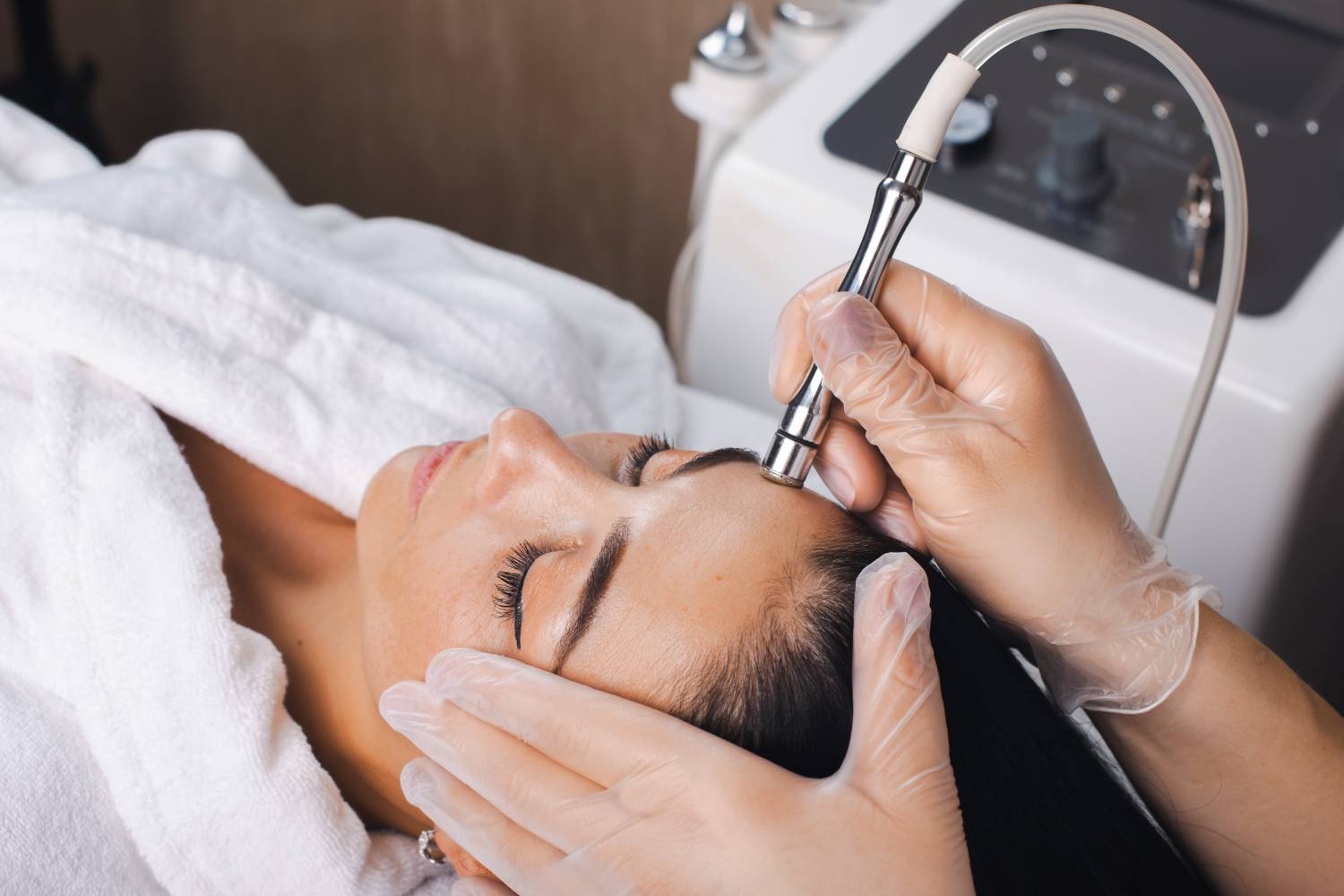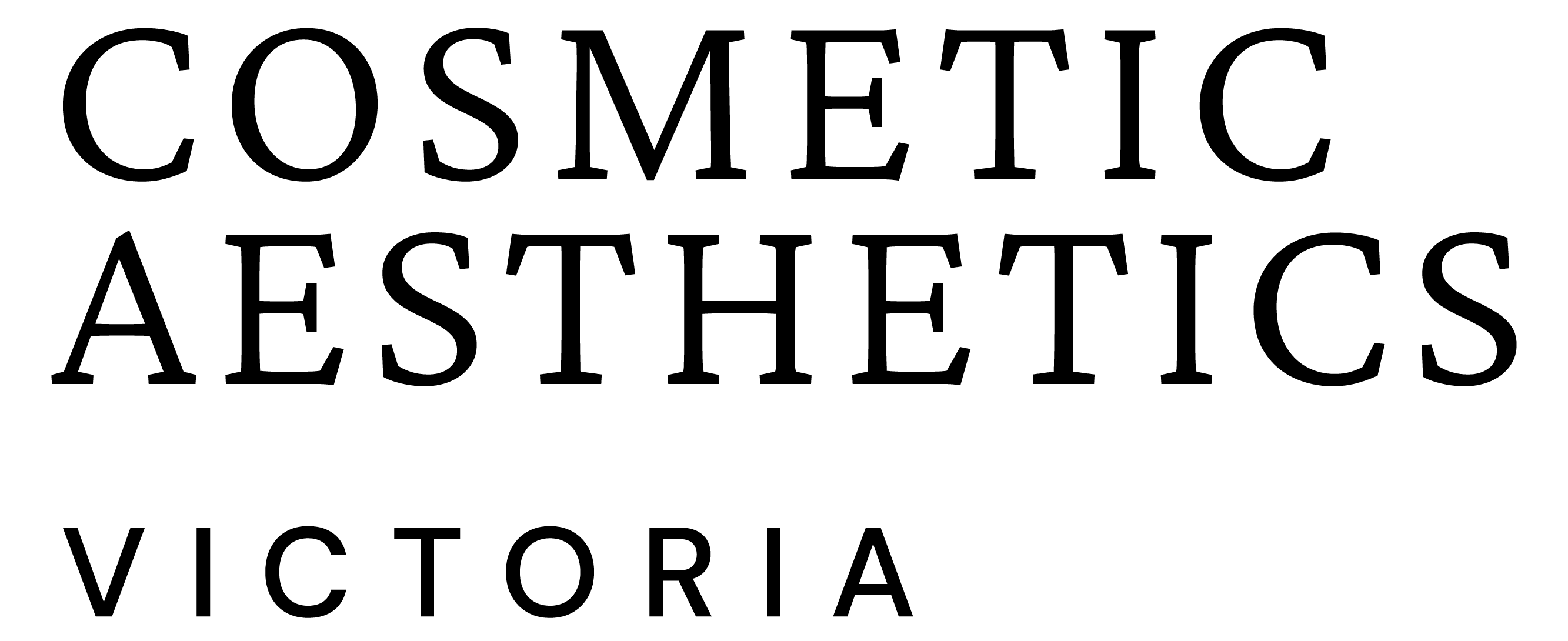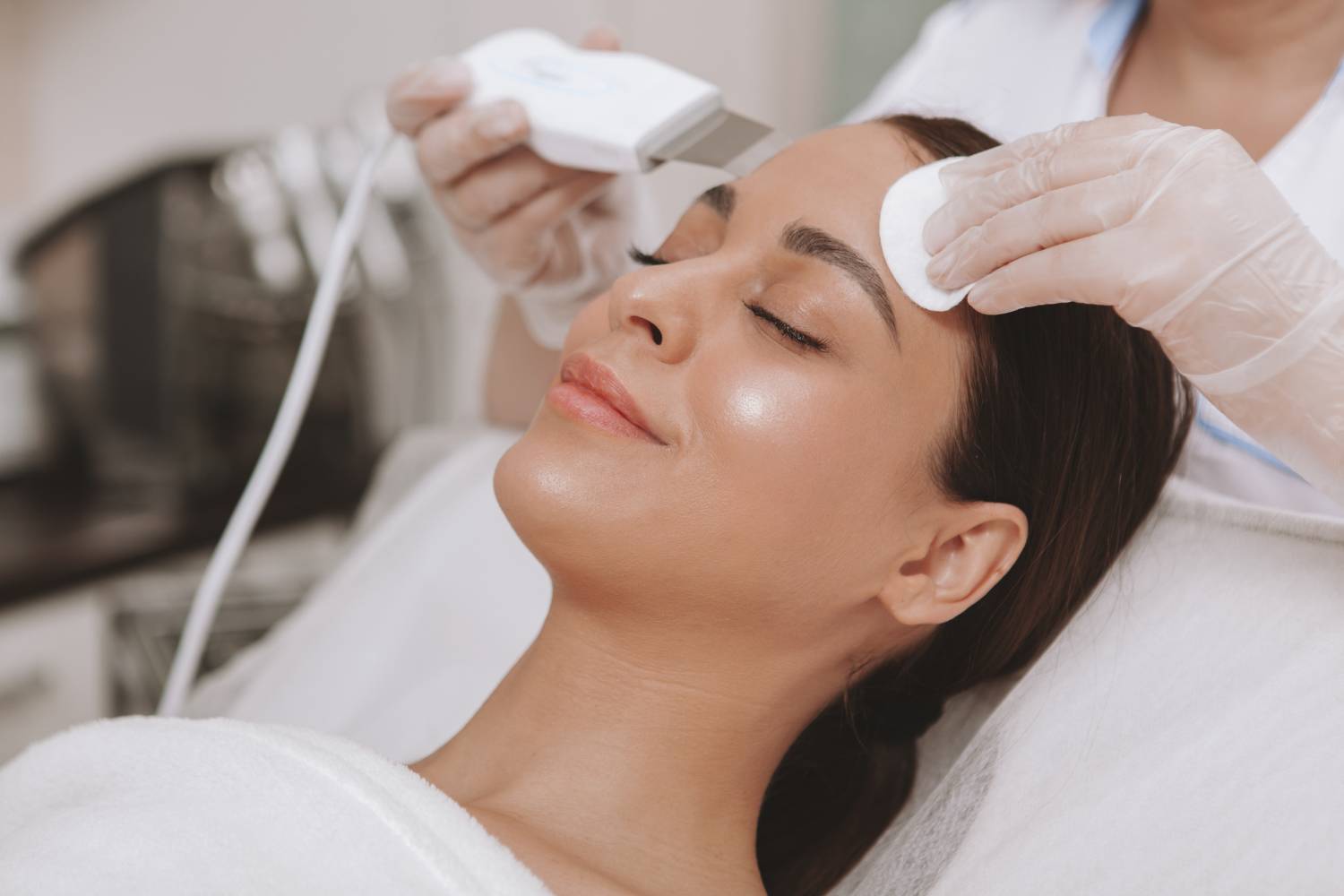
How Facial Treatments Can Transform Your Skin: Targeting Acne Scarring And Improving Texture
Acne scars can feel like a permanent reminder of past breakouts, affecting not only your skin but your confidence, too. I’ve seen it time and time again in my clinic—clients walking in feeling self-conscious, only to leave months later with smoother, clearer skin and a newfound sense of confidence. If acne scars or uneven skin texture are holding you back, know this: there’s a solution.
In this blog, we’ll explore some of the most effective facial treatments for improving skin texture and reducing scars. Whether you’re dealing with deep scars or lingering redness, I’ll walk you through what works, what to expect, and how to get the best results. Let’s get started on your journey to healthier, radiant skin!
What Causes Acne Scars And Uneven Skin Texture?
We’ve all been there – the moment you look in the mirror after a breakout, only to find your skin marred by red, angry marks that seem to last way longer than the pimple itself. Acne scars are a persistent reminder of those blemishes, and trust me, they can take a toll on your self-esteem.
Acne scars occur when a pimple becomes inflamed, damaging the deeper layers of the skin. As your skin heals, an imbalance in collagen production can occur, leading to scars that either sink into the skin (atrophic scars) or form raised bumps (hypertrophic scars). In my practice, I’ve seen all kinds of scars—from the deep “ice pick” scars, which seem to have no bottom, to the rolling scars that make your skin look like a battlefield after the storm passes.
Here’s how I like to break it down:
- Atrophic Scars: These are your classic “sunken” scars. They occur when the skin loses tissue and isn’t able to rebuild it properly. Imagine a pothole on a road that never gets repaired—yep, that’s what atrophic scars can feel like.
- Ice Pick Scars: These deep scars look like tiny punctures in the skin. If you’ve ever had cystic acne, you’re likely familiar with these. They’re tricky to treat but not impossible.
- Boxcar Scars: These scars are wider and have sharp edges. Think of a small crater that’s wider than it is deep. They usually show up when a breakout is particularly aggressive.
- Rolling Scars: These scars create a wave-like effect under the skin. They can be less noticeable from a distance, but feel like bumps under your fingers when you touch your face.
- Ice Pick Scars: These deep scars look like tiny punctures in the skin. If you’ve ever had cystic acne, you’re likely familiar with these. They’re tricky to treat but not impossible.
- Hypertrophic Scars: These raised scars happen when there’s an overproduction of collagen. If you’ve had a breakout near your jawline or on your back, you’ve probably seen these types of scars, often in the form of bumps that stand proud of the skin’s surface.
- Post-Inflammatory Hyperpigmentation (PIH): This is more about pigmentation than scarring itself. These dark marks can stick around long after the acne has healed, particularly if you have darker skin tones. They often fade on their own, but a little help from treatments can speed up the process.
Most of my clients have a mixture of these scar types, so it’s important to approach treatment with a comprehensive strategy.

How Do Facials Help Acne Scars?
Facials are often seen as a luxury, but in reality, they are a fantastic, non-invasive solution for improving skin texture and reducing acne scarring. Over the years, I’ve witnessed the transformative power of facial treatments, particularly when combined with a comprehensive skincare routine.
- Exfoliating Dead Skin
Regular facials help exfoliate the skin, removing the buildup of dead skin cells that can clog pores and hinder the skin’s healing process. This is especially beneficial for those dealing with post-acne congestion. After a good exfoliating facial, the skin feels fresher, and new skin cells are able to regenerate more easily. I remember one client who had struggled with stubborn acne scars for years. After a series of exfoliating facials, she noticed a smoother, more even texture, and her confidence skyrocketed.
- Boosting Collagen Production
One of the most effective ways facials target acne scarring is by stimulating collagen production. Collagen is the key to repairing the skin’s structure, and by encouraging its production, we can help fill in those depressions caused by atrophic scars. For example, after a series of microneedling treatments, many of my clients have shared how their skin feels firmer, and their scars less noticeable.
- Hydrating and Soothing the Skin
Acne treatments can often leave the skin feeling dry and irritated. Hydrating facials play an essential role in soothing the skin, reducing redness, and preventing further irritation. I’ve had many clients comment on how calming and refreshing their facial treatment was, especially after their skin had been through an acne flare-up. Not only does this make scars less noticeable, but it also speeds up the healing process, leaving the skin with a healthier, more radiant glow.
Types Of Facial Treatments For Acne Scars And Texture Improvement
There are several facial treatments that can make a dramatic difference in improving acne scars and overall skin texture. Let’s dive into the treatments that I’ve found to be most effective in my practice.
| Treatment | How It Works | Best For | Benefits | Recovery/Side Effects |
| Chemical Peels | Uses acid-based solutions to exfoliate and stimulate collagen | Mild atrophic scars, hyperpigmentation, uneven texture | Brightens skin, collagen stimulation, variety of peel types | Mild redness, peeling, temporary |
| Microdermabrasion | Gentle exfoliation using crystals or a diamond tip | Surface-level scars, dullness, texture | Quick, painless, non-invasive | No downtime; mild redness is possible |
| Microneedling | Tiny needles create micro-injuries to trigger collagen | Deep atrophic scars, pitted texture, rejuvenation | Improves texture, is safe for all skin types, and has gradual results | Redness, swelling, and minor bleeding (1–2 days) |
| Laser Resurfacing (Fractional CO₂) | Uses focused light to break down scar tissue and boost collagen | Deep scars (ice pick, boxcar), pigmentation | Highly effective for texture & scars | Redness/swelling (1–2 weeks), sun sensitivity |
| LED Light Therapy | Uses different wavelengths of light to stimulate healing | Mild scarring, general rejuvenation, sensitive skin | No downtime, non-invasive, reduces inflammation | None/minimal |
| Hydrafacial | Vacuum-powered cleansing, exfoliation, and serum infusion | Mild scarring, uneven tone, sensitive skin | Deep hydration, no downtime, refreshed look | None/minimal |
| Radiofrequency Microneedling | Combines microneedling with RF energy to stimulate collagen deeper | Rolling/boxcar scars, texture, and oil control | Dual action, minimal downtime, safe for all skin types | Redness/swelling; faster recovery than standard microneedling |
| Soft Tissue Fillers | Injectables fill in depressed scars for immediate smoothing | Boxcar, ice pick scars, volume loss | Immediate results, non-surgical | Swelling/bruising (short-term), temporary (6–24 months) |
| Steroid Injections | Reduces collagen in raised scars to flatten them | Hypertrophic /keloid scars |
Scar flattening, non-invasive | Skin thinning risk with overuse |
| Subcision | Needle breaks up scar tissue beneath the skin | Rolling scars, tethered/deep scars | Stimulates collagen, often combined with other treatments | Swelling/bruising (a few days); significant results in 2–3 months |
| Botox | Relaxes muscles to reduce scar tension | Rolling scars near facial muscles | Softens scars, especially in expression areas | Temporary (3–4 months); quick, non-invasive |
| Dermabrasion | Intense exfoliation with a high-speed brush | Deep scars, severe texture issues | Dramatic improvement in one session | Redness, peeling (1–2 weeks), pigmentation risk |
Factors To Consider When Choosing The Right Treatment
Selecting the best treatment for acne scars is never one-size-fits-all. It’s important to evaluate several factors to ensure the treatment aligns with your skin goals and lifestyle. I’ve worked with hundreds of clients, and here are some of the key considerations I always discuss during consultations:
Scar Type And Severity
Different types of scars require different treatments. For instance, ice pick scars tend to respond best to microneedling, while boxcar scars may be better treated with chemical peels or laser resurfacing. When clients come to me with a mix of scar types, I recommend a combination approach, incorporating both microneedling and chemical peels for comprehensive treatment.
Skin Type And Sensitivity
As a practitioner, one of the most important things I consider is the client’s skin type. Darker skin tones can be more susceptible to post-inflammatory hyperpigmentation (PIH), especially with certain treatments like chemical peels. For clients with darker skin, I’ll often opt for gentler treatments, such as Hydrafacials or microneedling, which are less likely to cause hyperpigmentation. Always ensure your practitioner is aware of your skin type and adjusts treatments accordingly.
Personal Goals And Expectations
It’s important to clearly define what you want from your acne scar treatment. Are you looking for texture improvement? Or do you want to target deep scars? Setting realistic expectations is crucial. A single treatment may not fully erase deep scarring, but with a series of treatments, the overall appearance of your skin can improve significantly.
Budget And Schedule Considerations
Facial treatments can vary in cost, and it’s essential to choose one that fits within your budget and time constraints. More intensive treatments, such as laser resurfacing or microneedling, can often be pricier and may require multiple sessions. On the other hand, treatments like Hydrafacials and microdermabrasion tend to be more affordable and require less time. Always discuss cost and time commitment with your practitioner to plan accordingly.
Consulting A Professional
Before you decide on any facial treatment, it’s essential to consult with a dermatologist or licensed esthetician. They can evaluate your skin type, scar severity, and personal goals, recommending the best treatment plan. A professional can also tailor their treatment to ensure the best outcome while minimising any risks. I always advise clients to have a clear conversation with their practitioner about the treatment plan and expected outcomes.
What To Expect From Acne Scar Treatments?
Whether you’re new to facial treatments or have already undergone a few, it’s important to know what to expect. Here’s what I typically tell clients when preparing them for their sessions:
During Treatment
Each treatment offers a different experience. For example, chemical peels may cause a slight tingling or stinging sensation, while microneedling might feel like small pricks on the skin’s surface. Laser treatments can produce a warm or prickling sensation, and Hydrafacials are usually a relaxing, soothing experience. If you’re concerned about discomfort, most treatments can be adjusted to suit your pain threshold.
Number Of Sessions And Results
The number of sessions required will depend on the severity of your acne scars and your goals. For mild scars, 1-3 sessions may suffice, while more deep-set scars may require 3-6 sessions or more. Laser resurfacing and microneedling often provide the most significant results over time, and I typically recommend multiple sessions spaced several weeks apart.
Recovery Time And Aftercare
Post-treatment care varies by procedure. For instance, with Hydrafacials, there’s no downtime—your skin will feel refreshed and glowing. However, for more intensive treatments like chemical peels or laser resurfacing, you may experience redness, swelling, or peeling for a few days to a week. Follow your practitioner’s aftercare instructions, which typically include using hydrating serums, avoiding sun exposure, and gentle cleansing.
Post-Treatment Care: Maximising Your Results
To get the most out of your treatment, post-treatment care is just as important as the facial itself. Here’s my advice to clients after they’ve undergone a facial treatment:
Avoid Sun Exposure
After treatments like microneedling or chemical peels, your skin will be more sensitive to the sun. Daily sunscreen is a must to prevent hyperpigmentation and further skin damage. I recommend using a broad-spectrum SPF 30 or higher.
Gentle Cleansing
Use a gentle, non-abrasive cleanser and avoid scrubbing your skin, as this can irritate it. Avoid over-exfoliating, especially after treatments that already provide exfoliation, such as chemical peels or microdermabrasion.
Hydration
Keeping your skin hydrated is crucial for promoting healing and reducing any redness or dryness. Look for moisturisers with ingredients like hyaluronic acid or glycerin, which help to lock in moisture and soothe the skin.
Avoid Picking/Popping Pimples
I cannot stress this enough! Picking or popping pimples after your treatment can increase the risk of scarring and slow healing. Let your skin heal naturally.
Support Skin Healing
Ingredients like retinoids, vitamin C, and niacinamide can support collagen production and skin repair. However, some of these should be avoided before certain treatments like microneedling to prevent irritation. Always check with your practitioner about which ingredients are safe to use.
Regular Professional Visits
Regular facial treatments are essential for maintaining healthy skin, especially if you’re targeting acne scarring or skin texture improvement. Consider scheduling monthly facials or incorporating home skincare into your routine to continue improving your skin.
Combination Therapies: Maximising Scar Treatment
Many dermatologists and estheticians, including myself, recommend combining treatments for acne scars to get the best results. Combining microneedling with PRP therapy, or using chemical peels alongside laser resurfacing, allows you to target different aspects of scar healing.
For example, combining laser resurfacing with microneedling can address both surface-level textural issues and deeper, more stubborn scars. This combination maximises collagen production and gives you the best chance at smoother, clearer skin.
Efficacy And Patient Satisfaction
Clinical studies and feedback from clients generally indicate positive results from these treatments. From fractional CO2 lasers to microneedling, many patients report significant improvement in scar severity, skin texture, and overall skin health.
For instance, with fractional CO2 lasers, 25-75% improvement in scar depth and overall skin texture is common. And microneedling has been shown to lead to smoother, thicker skin with 50-80% improvement in some clients.
Transforming your skin through acne scar treatments is a journey, but with the right facial therapies and consistent aftercare, it’s entirely possible to restore skin texture and improve the appearance of scars. Remember to choose the treatment that aligns with your scar type, skin goals, and lifestyle, and always consult with a professional to guide you through the process.

